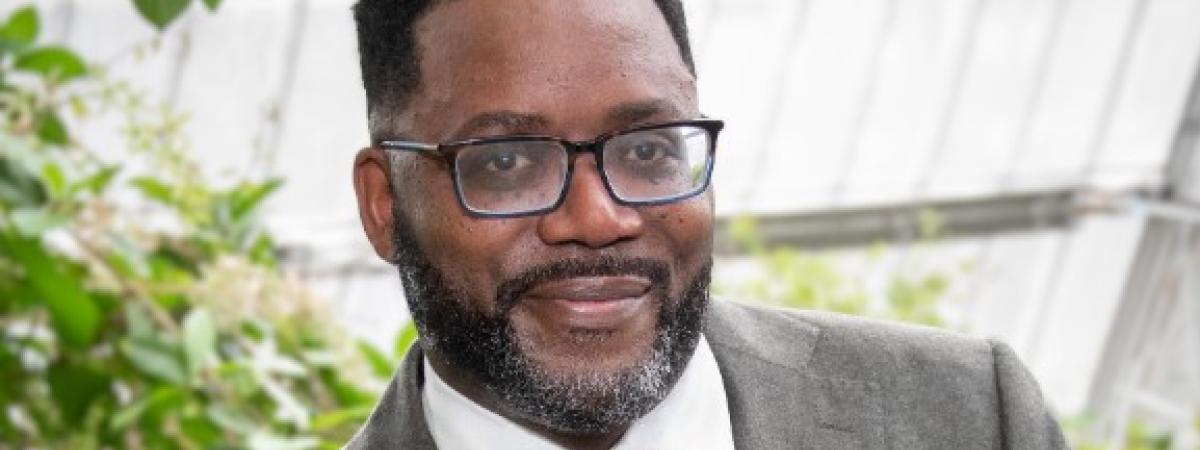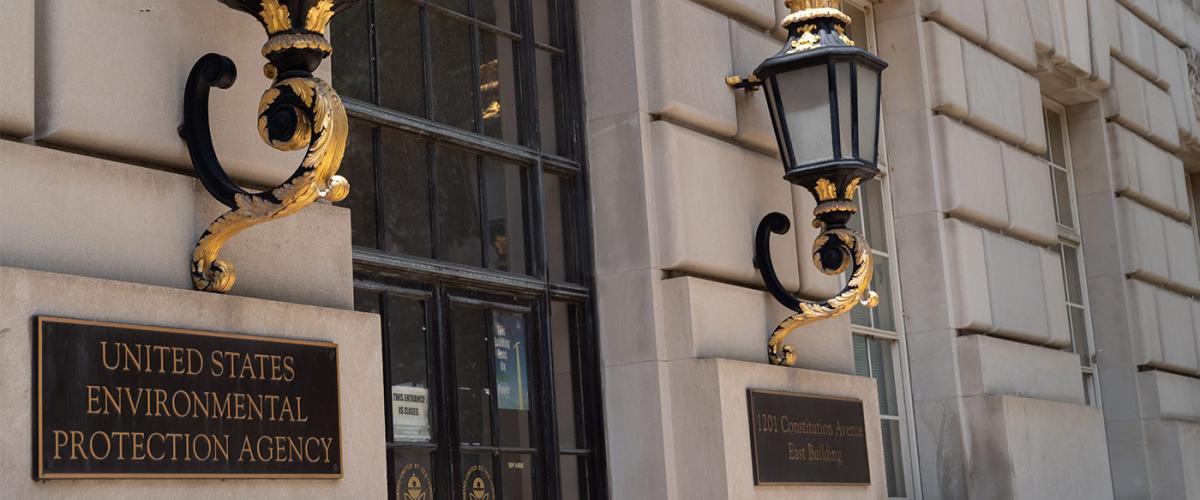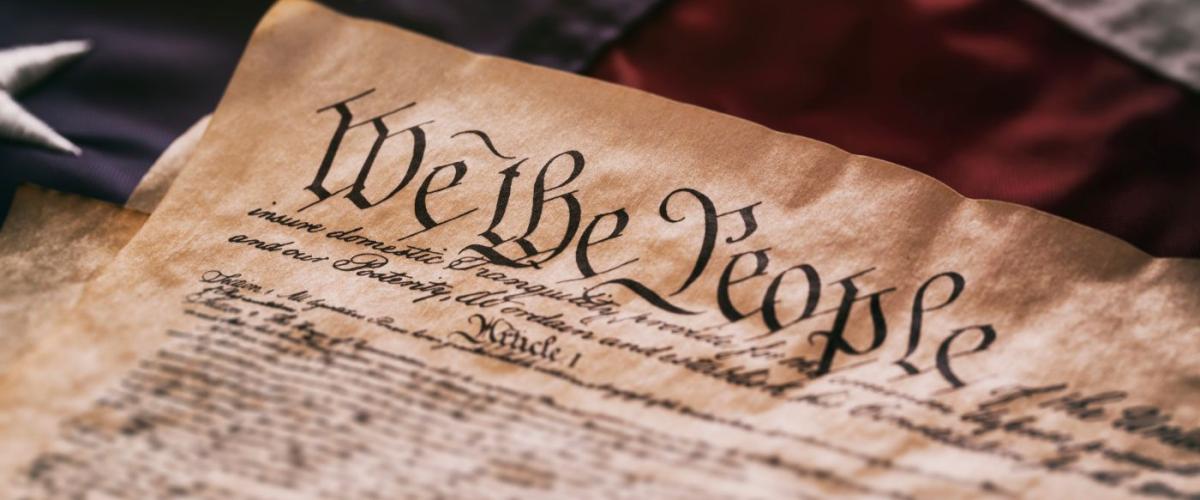When it comes to fostering a more inclusive campus environment, Bryan Adamson has a key piece of advice: listen, and lean into our differences.
“Once we open ourselves up to listening, we open ourselves up to learning about perspectives and ideas that we may not otherwise expose ourselves to,” Adamson remarked. “Leaning into the differences between us is an important first step to creating an inclusive environment.”
As part of the university’s strategic plan, the Office for Diversity, Equity and Inclusive Engagement has launched a Diversity Executive Advisory Council. The council, which works to advance diversity, equity and inclusion through inclusive thinking, mindful learning and transformative dialogue, has appointed Adamson as the diversity liaison from the School of Law.
“The goal of the council is predominantly for us to learn what other schools on campus are doing and create synergy and cooperation among the various schools,” said Adamson. “We aim to find a way to reach each others’ students and better coordinate our programs and initiatives, whether in regards to admissions, to community and campus life, or by bringing alumni back to the university.”
Adamson, who also serves as the Associate Dean of Diversity and Inclusion to the School of Law, has spent the last several years advocating for a more diverse and inclusive atmosphere at the law school. He has a long list of accomplishments, which includes launching the summer JumpStart program, but highlights the development of strategic partnerships with undergraduate programs as his most important achievement.
“My focus this year will be continuing to grow these relationships and strategic partnerships with minority-serving institutions throughout the country,” he says. These strategic partnerships now include fifteen institutions across the country, including Howard University, Morehouse College, Spelman College and Tuskegee University, among others.
“I’d like to spread the engagement from our partner schools across the university. I’m intent on developing ties and connections between our key contacts in partner schools and key administrators in our other schools, such as the Mandel School and the School of Nursing.”
Adamson is also interested in further opening the lines of engagement between students in the Law School and the other schools on campus. Moving forward, he hopes to connect groups with similar goals across the university. His aim is that these groups can work together on programming and events that appeal to the wider campus community.
“At our last diversity liaison meeting, we discussed the best ways for students to be informed about programming in other schools,” he explained. “We tend to operate in silos, and we’re hoping that we can break those silos down over time by opening our channels of communication and finding ways for our different departments and organizations to collaborate.”





